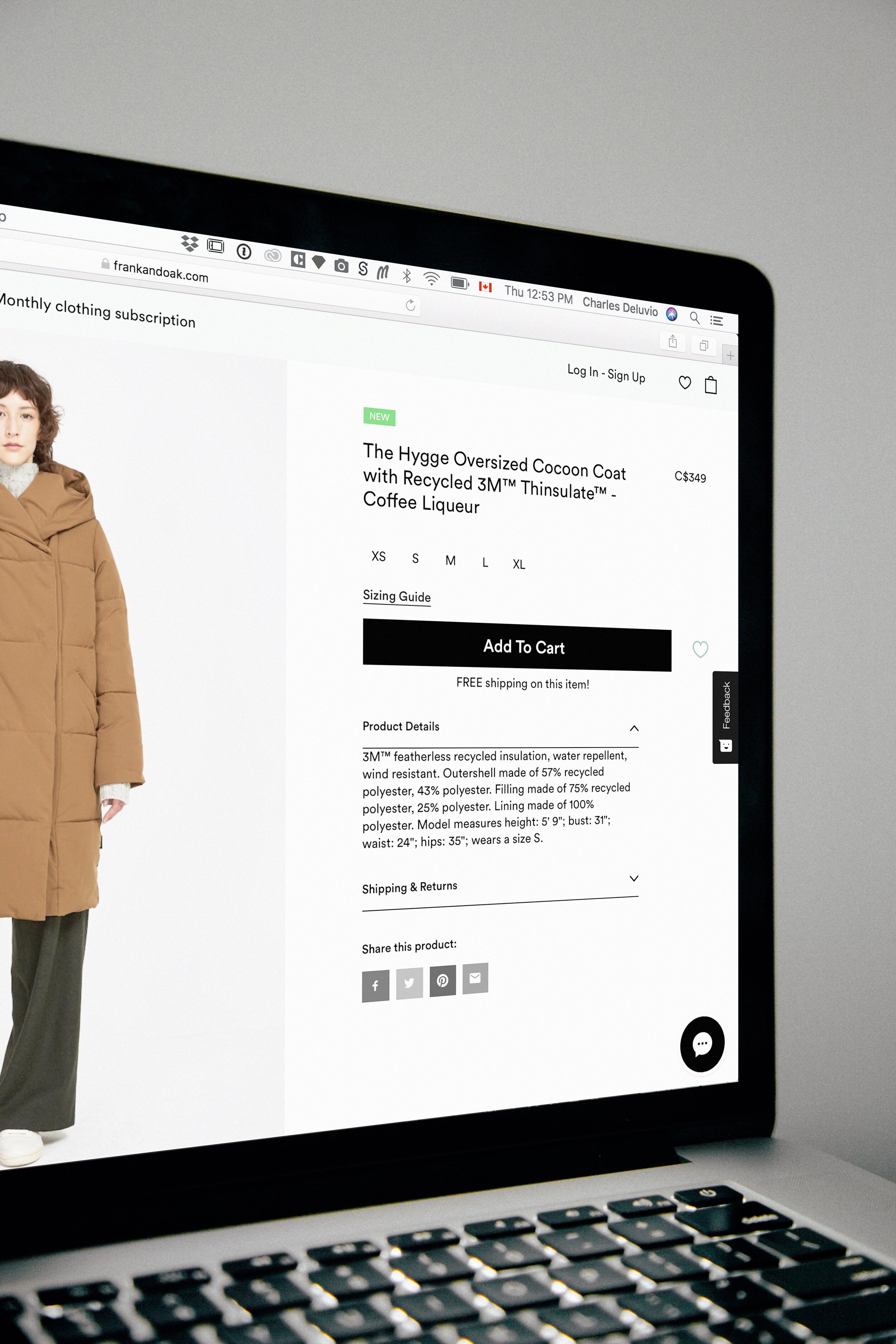This blog was originally published on 28 February 2020 and updated 18 April 2023.
Retailers are urgently innovating to create the seamless and personalised omnichannel experiences consumers now expect. They are looking for new ways to make use of their data and connect their systems together to streamline business processes and create great customer experiences. One major advantage of using a unified commerce is that its open architecture that lets you easily make those connections with APIs.
APIs (Application Programming Interfaces) are present in every part of our digital world. Every time you use an app like LinkedIn, make a Skype call or listen to Spotify on your phone, there’s an API in action.
APIs let you add specialised functionality to a website, application, platform or software without having to write all of the back-end code. By using APIs, you can expose data in real time, rather than having to replicate or move it. The result is a set of functions that’s available across various systems, plus a fast and easy way to plug in and deploy new services, channels and devices.
These improvements let you shift your team’s priority from maintenance to innovation.
By using APIs to access existing solutions in the market, you are free to focus your development efforts on the front-end. You can be be more agile and create a community of third-party apps and systems that work together in an ecosystem. As a result, you’ll reduce integration and maintenance overheads, increase real-time accuracy and enjoy virtually limitless scalability and agility.
APIs in action
Here are just some of the ways APIs help you optimise operations, personalise customer experiences and drive new revenue:
Retail anywhere, any time
APIs let you easily expose your product catalogues and other eCommerce solutions to give customers many more ways to engage with your brand, including social commerce.
Deliver anywhere, any how
Consumers now make purchasing decisions based on shipping costs and timings. APIs can power the fulfilment options they now expect - such as click-and-collect, store-to-door, scheduled delivery and even 1-hour delivery.
Payment convenience counts
APIs give consumers the payment options and ‘buy-now, pay later’ services they want, both in-store and online. Infinity was the first retail system in the world to integrate with Afterpay at point of sale and supports Adyen, Smartpay, Laybuy, Alipay, WeChat Pay, Slyp and Zip to name just a few payment partners.
Personalised communications
APIs let you connect internal and external data to create timely and relevant communications, recommendations, offers and rewards. You can provide customers with real-time shipping visibility and tracking throughout the shipping journey, no matter the fulfilment solution. APIs let you create customised recommendations for customers visiting stores during click-and-collect pickups, and extend them into other communications, such as e-receipts and shipping notifications.
And they help to create personalised marketing experiences that boost loyalty and increase conversions - such as notifications for items on sale, low-in-stock or restocked – plus product recommendations on the website, based on each customer’s behaviour and past data.
Virtual Shopping
APIs support virtual retail shopping ecosystems that go beyond live chat to support in-store experiences on digital channels. By integrating video commerce platforms with POS solutions (like Infinity), you can automate the end-to-end process, from customer communications and data insights to seamless sales transactions and fast delivery.
Extending digital into stores
APIs also improve the in-store shopping experience. You can give your in-store teams’ data on customer histories and shopping preferences, as well as personalised recommendations based on past purchases and wishlists. APIs can help provide product recommendations for customers visiting stores for click-and-collect pickups, answer product questions in real-time and support self-checkout. In addition, new multichannel wishlists let customers add items to their wishlists while browsing in stores
So how do you start making the most of APIs?
Begin by evaluating your company’s value chain. Can you easily integrate and use APIs to access third-party platforms and services to scale your business? Or can you release your own APIs to attract partners and build out your platform? The two options are not mutually exclusive.
An API-enabled platform like Infinity lets you scale your business quickly by easily adding new apps and services as business requirements change.
We can also help if you’re looking for advice on how to create a strategy and implement an API programme that quickly creates customer and business value.
The end result is the ability to create extraordinary customer experiences that help to capture market opportunities, generate additional revenue and build brand advocacy.









































